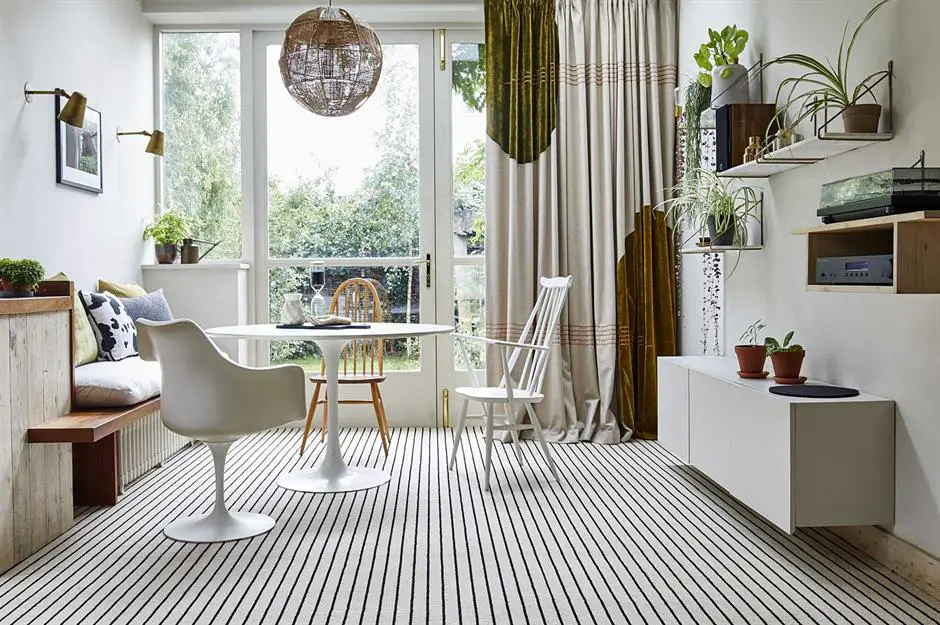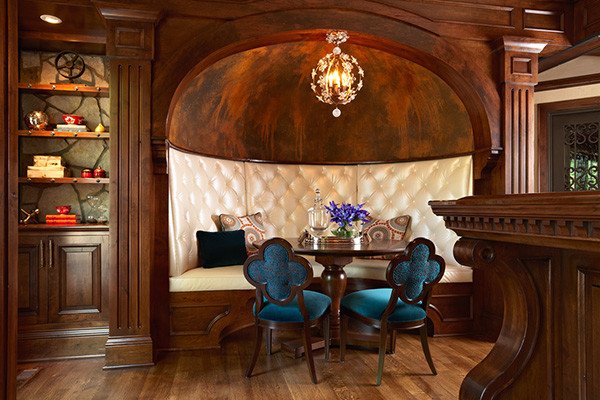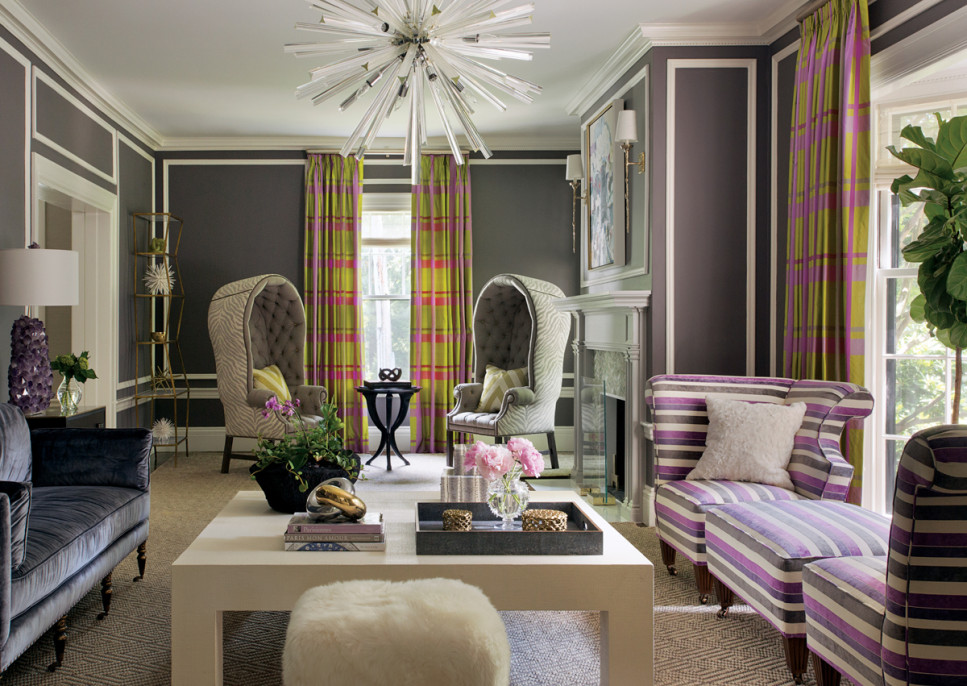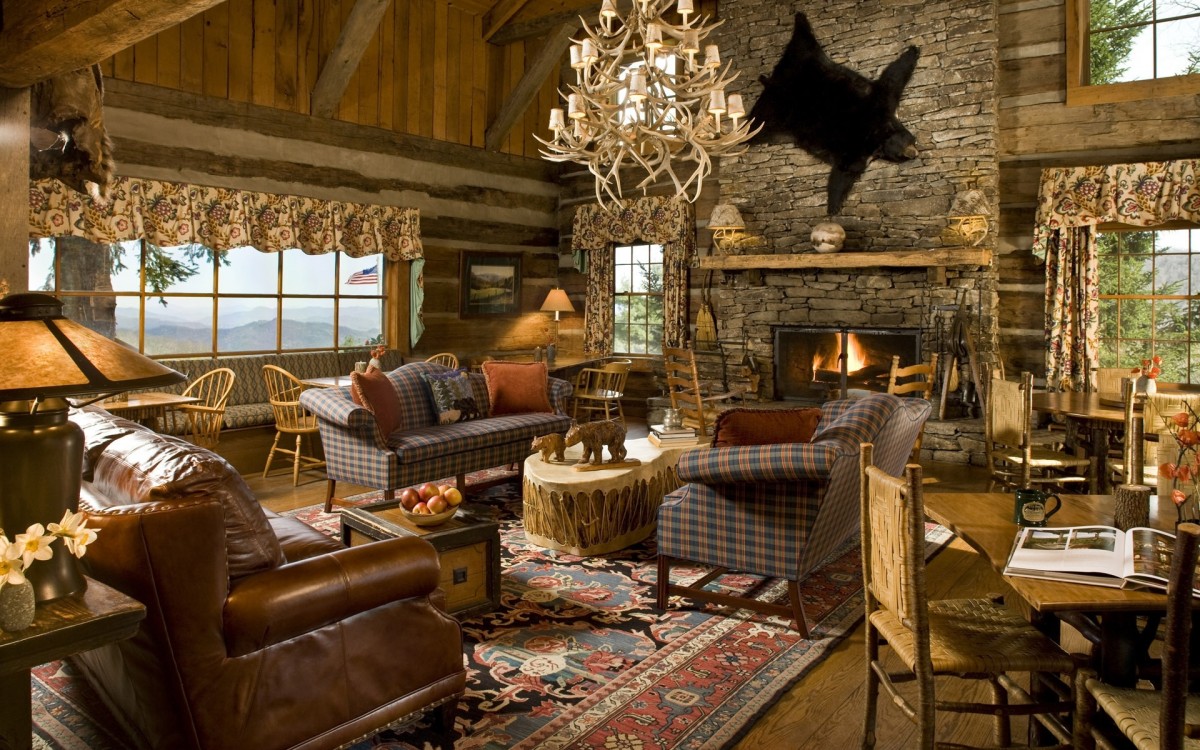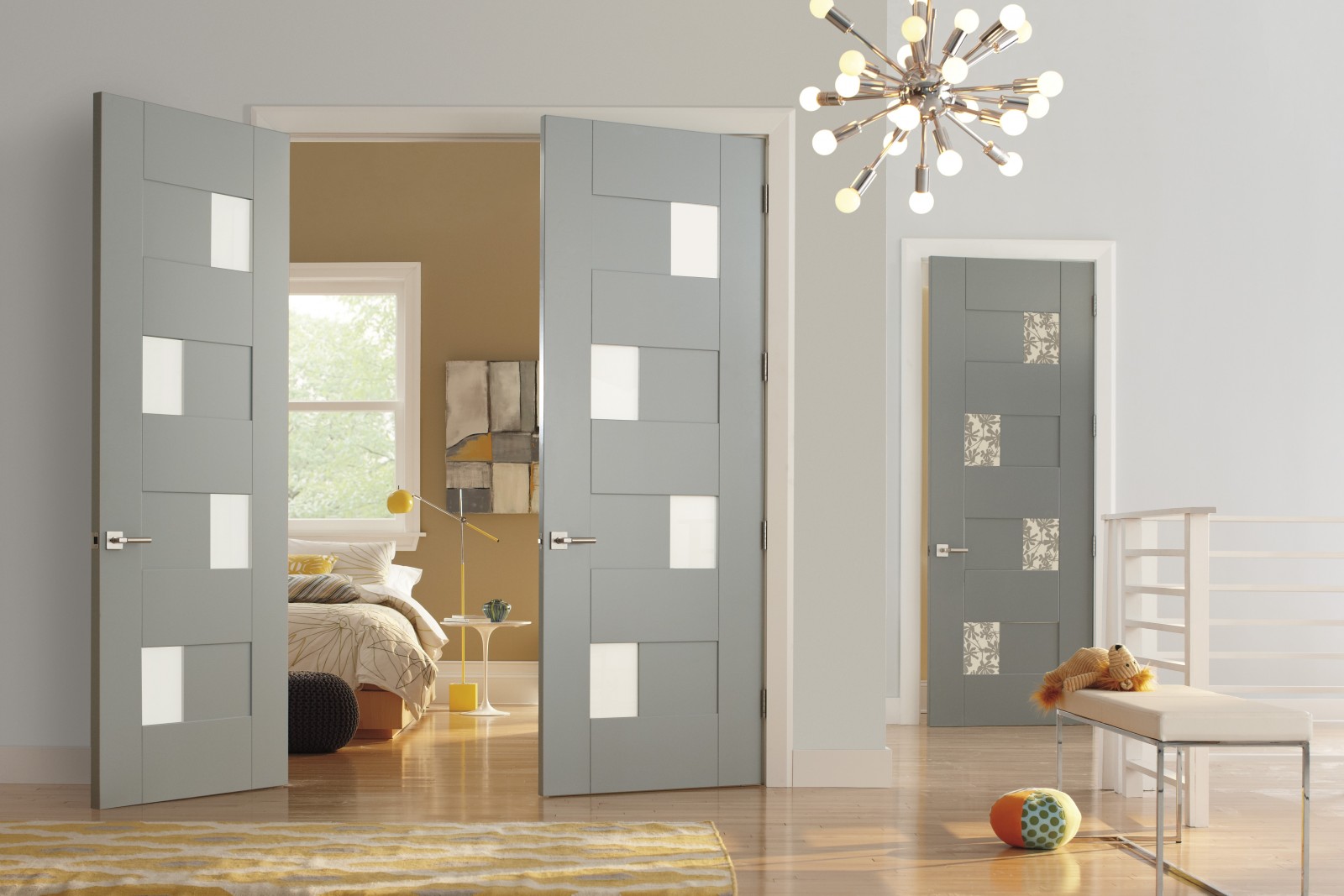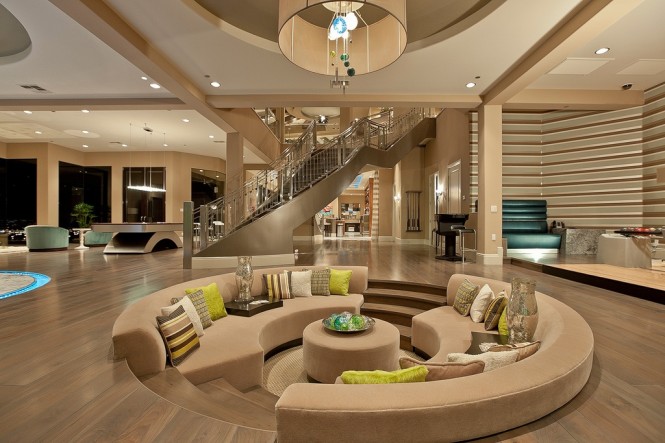Pairing both curtains and blinds on one window adds versatility in terms of both utility and style. Installing both window treatments provides more light filtering, extra insulation, and additional design options. In some cases, homeowners buy a house that already has uniform window treatments, and they don’t want to replace them all. Layering curtains is a good way to add personality to rooms without removing blinds or shades that have already been installed. No matter the scenario, layering curtains on blinds offers the best of both worlds. Read on for ideas about how to pair yours so that they’re functional as well as fashionable.
Contrasting Textures
Try pairing sturdy wood blinds with delicate curtains on top. The two juxtaposing materials add character and interest to a window. At the same time, both materials pair well together because they feel natural. Wood blinds, especially light or white wood blinds, feel beachy and rustic while delicate curtains feel fresh and breezy. Put together, they make for a very organic feel.
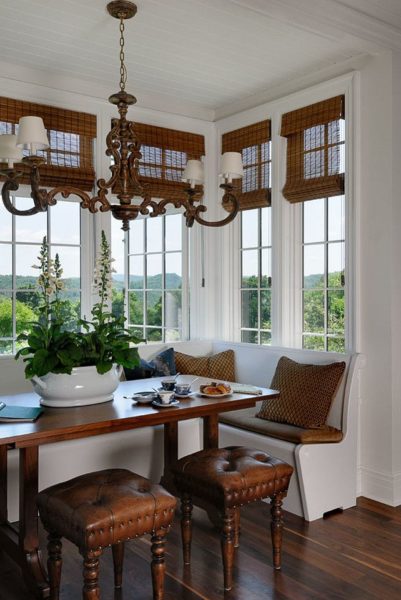
Warm Tones
If your goal is to make a room feel cozy, layer warm toned curtains over dark wood blinds. Dark oak blinds feel undeniably homey. Then, layered with honey or amber colored curtains, the room feels comfy and inviting. This pairing works particularly well in traditional style homes since it creates such a welcoming space.
Solid Base
For the most layering freedom, choose roller blinds as your base layer. They provide a solid block of color to work with so that your can pair printed drapes or statement curtains. They don’t have vertical texture like blinds or honeycomb shades do. This makes it easy to put almost any pattern, texture, or design of curtains or drapes on top without it looking chaotic.
Double Curtains
For effortless styling and installation, pair sheers with curtains. Sheers are thin, transparent curtains made of gauze or nylon that filter light without blocking it out completely. However, when you pair sheers with opaque curtains, you have two levels of light control depending on if you have one or both curtains drawn closed. The dual curtain option is ideal if you want the breeziness of curtains with the functionality of thicker window treatments. Additionally, curtains are easy to install and in most cases, both layers can be placed on one rod.
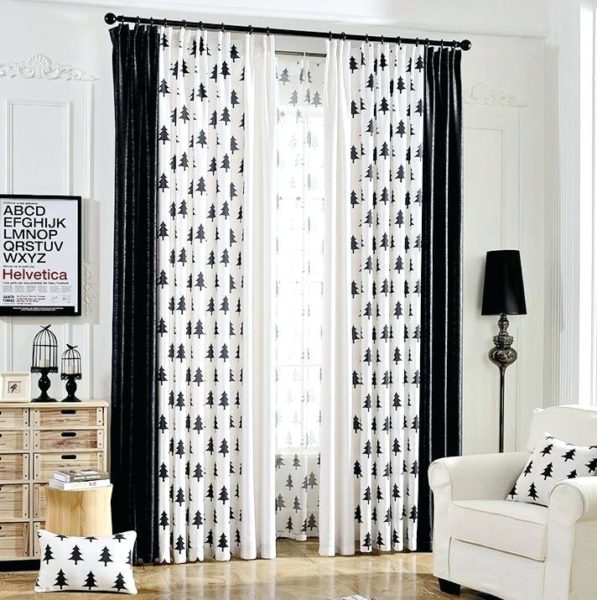
Monochrome Pairings
If you’re dealing with a small room or a cramped city apartment, consider going for a monochromatic look. When you match the curtains to the color of surrounding walls, it can make a room look more spacious. This popular technique is used by interior designers because the continuation of color helps to lengthen the walls of the room.
The other benefit of a monochromatic pairing is that it offers stylistic freedom. Even though you’re staying in the same color family, you can play with different cuts and textures of the two window treatments without it looking mismatched.
Other Tips for Pairing Window Treatments
There are plenty of other stylish ways to layer blinds and curtains beyond the five we listed. Oftentimes homeowners have to experiment a bit before finding a duo that meshes with the rest of their interior design. Here are some additional tips for finding the perfect pairing.
Go High and Wide
Set curtains high and wide to make a room look bigger. Hang floor grazing curtains as close to the ceiling as possible to make a room feel taller. This draws the eye up and down, creating the illusion of height. You can also make your windows feel bigger by hanging curtains slightly outside of the window frame so that they layer over the wall on each side. By covering the window’s real edges, you can give the illusion of large windows.
Choose Fitted Blinds
Since combining window treatments adds bulk, you’ll want to keep the overall fit of your window treatments as slim as possible. For top curtain layers, hang the rod as close to the wall as possible. Then, for your bottom layer, choose fitted window blinds or shades. This style fits neatly into the recess of the window to create a continual surface from blinds to wall. Even if your have standard sized windows, be sure to measure your windows before ordering and installing your base blinds. Fitted window blinds are the best way to ensure a sleep finish.
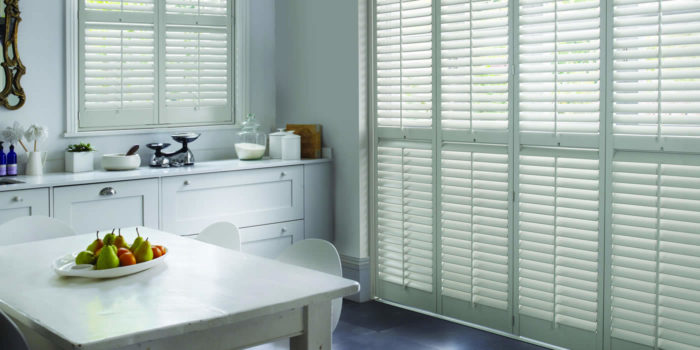
Go Easy on Accessories
Extra adornment around the window treatments will make it look like there’s too much going on. Avoid decorative curtain accessories, and instead opt for clean, simple rods and tie backs. You can even match the curtain and rod color to keep the overall window space simple and straightforward. Some homeowners choose to hide hanging devices with rod pocket curtains that cover the top bar completely.
Match Blinds to Your Interior
To prevent layered window treatments from looking chaotic, match your base layer to other elements in your interior design. For example, matching wood blinds to your flooring or to interior wood furniture helps to integrate your window treatments into the rest of your interior design. If matching floors and blinds is too much, try matching white blinds to your home’s trim or molding. This looks crisp without looking as formal.
Choose Blinds First
If you don’t know where to begin when it comes to pairing blinds and curtains, choose blinds first. That way, you can accomplish your functional needs, such as insulation, privacy, and light control, before anything else. After that, curtains can be chosen for stylistic purposes and for additional light filtering options.
Avoid Layering Prints
When it comes to window treatments, layering different colors, textures, and styles can look great. Layering prints, however, rarely looks good. It’s often difficult to coordinate the color palettes of the two, so it ends up looking busy rather than fun. If you want to make a statement, choose just one layer as your stand out piece.
When you layer window treatments, you don’t have to choose between function of fashion. You can have both! Furthermore, you don’t have to be a professional designer to find the right combination. Follow our tips for a tailored and stylish pairing that enhances any room of the house.

